Over the hills and far away from the city noise, free from any sign of globalization and hidden on a picturesque estate, there lies Miklósvár, the oldest documented settlement in Szeklerland. Yet this isn’t the main reason why this area is so popular among tourists — it’s because of the Transylvanian castle, the Kálnoky hunting manor, which now functions as the Museum of Transylvanian Life.
As we drive through small villages following the road that snakes through the never-ending forest, I can’t stop admiring the view, the enchanting wilderness of this area called Erdővidék.
Leaving hectic weeks behind and seeking a place to disconnect from technology and the continuous noise generated by machines demanding my attention, I put my phone on silent and take a deep breath of air full of the smells of rural life — and I breathe out the stress of urban life. I close my eyes, enjoy the silence, the green surrounding me, and feel like time has stopped.
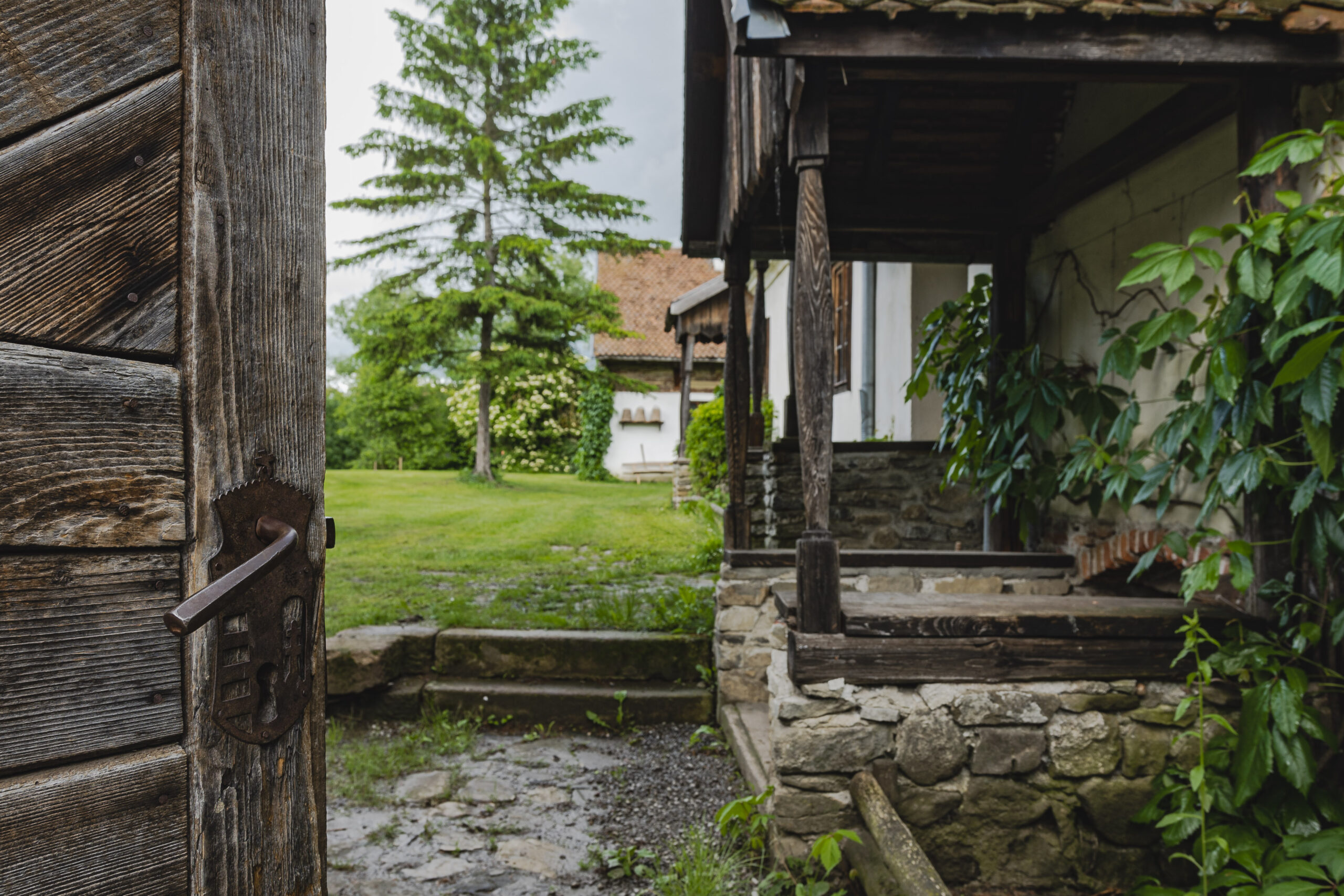
The only sounds you can hear while walking across the green courtyard or the dirt road to the Stone Pub – the reception of Kálnoky’s Guesthouses – is the laughter of Szekler children playing on the streets of the small village and the greetings of the local adults. It’s a place where you can forget about checking your clock because it feels like you have traveled back in time a few centuries. There’s no need to rush anywhere: just enjoy the sound of the rocks or the grass under your feet and keep on smiling. This hidden island is a place where you can focus on yourself, reconnect with nature and simple people, and recharge your drained batteries.
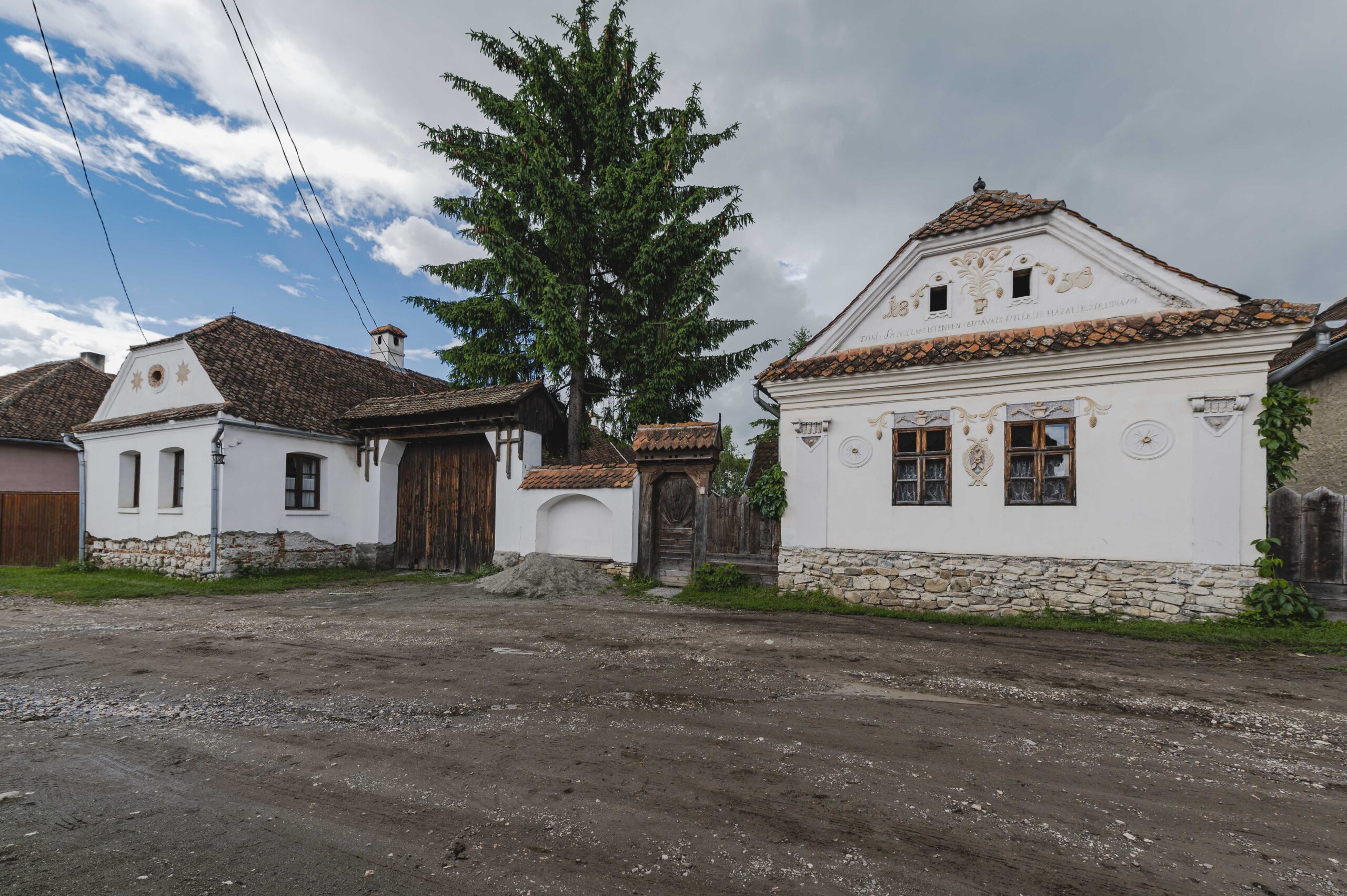
Here, villagers still collect wood by horse and cart and cut the grass with scythes. The deep connection between humans and nature has shaped the strong identity of the Szeklers populating this area and their traditions, which are alive and well here in this region, after being rediscovered by Count Tibor Kálnoky, who was born in exile in Paris. His father was aged three when they abandoned their ancestral lands, but they returned to Miklósvár in 1987 for a short visit. After the revolution, Count Kálnoky returned to Transylvania and started to rebuild the family heritage and safeguard the Transylvanian values characteristic of the area.
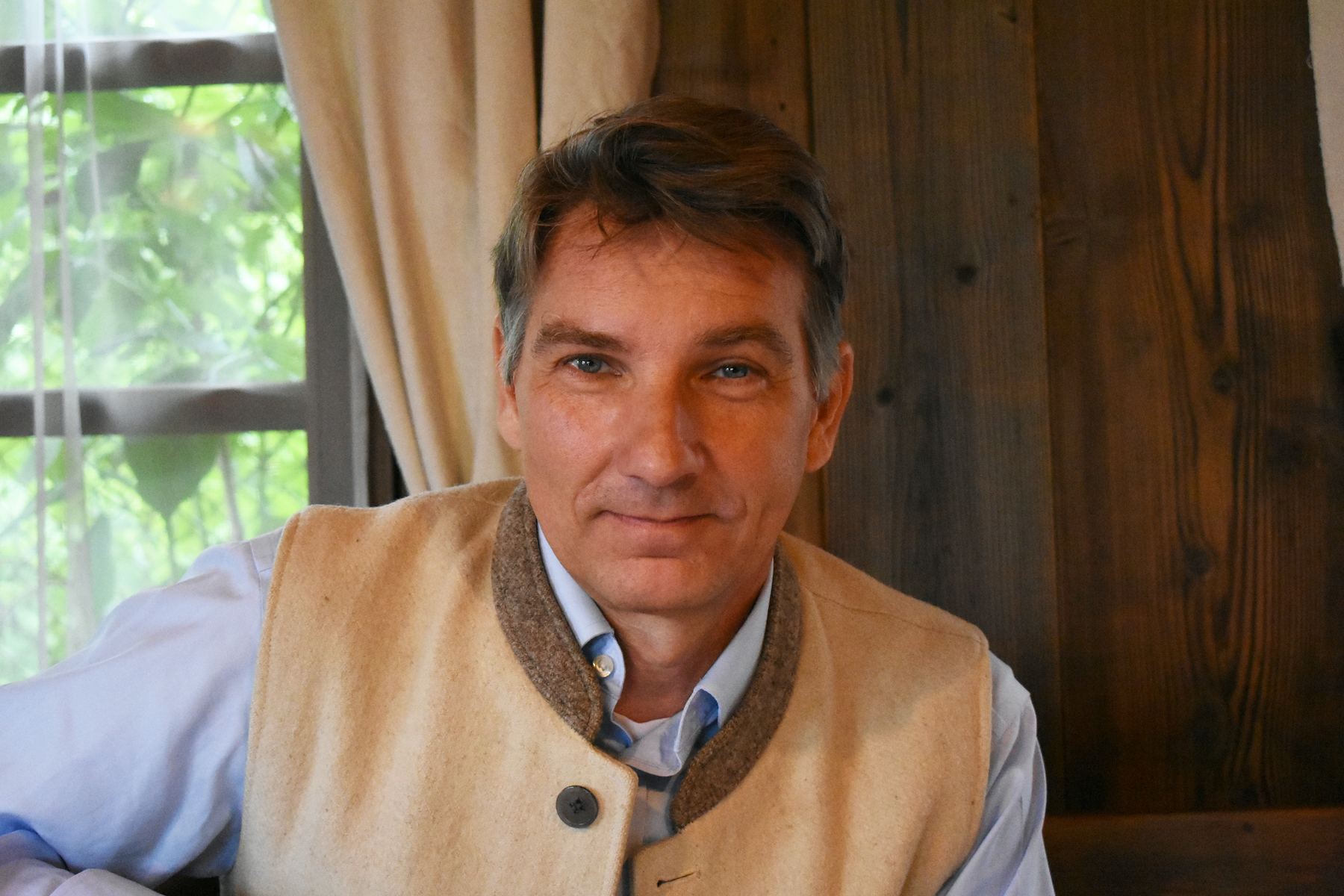
He found the Kálnoky Castle in serious disrepair, but after many years of hard work, the castle now shines in its original beauty, preserving elements of the late Renaissance, early Baroque and Classical architectural styles. Built at the beginning of the 1500s, it was then decorated and enlarged in the Renaissance style at the end of the 1600s by the Transylvanian vice-chancellor, Samuel Kalnoky. It is currently open to visitors as the Museum of Transylvanian Life.
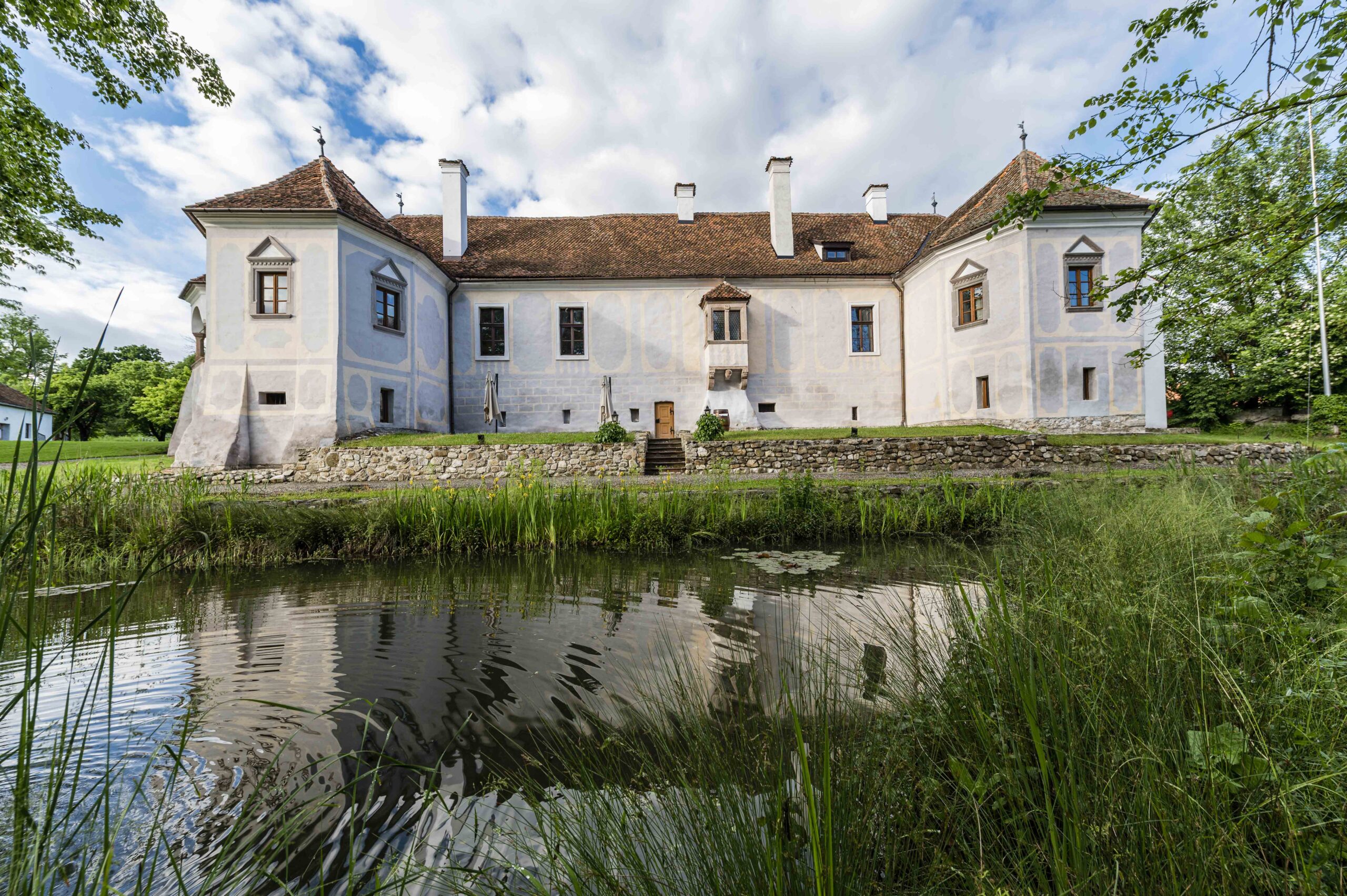
“We have rediscovered our roots, which always played a significant role in our family. My family has a strong identity because of its roots. Also, there has been a family rule for about 300 years now – because one of our ancestors migrated to Austria and had an outstanding career there: someone from the family must remain here, in Transylvania,” Count Kálnoky tells TransylvaniaNOW. To support Austria’s Empress Maria Theresia in the Erbfolgekrieg (War of the Austrian Succession), the Kálnoky family established a regiment of hussars in 1741, which bore their name. After that, 200 years of military and political careers followed for the family in Austria.
The special magic of Transylvania, the values Count Kálnoky sees of the utmost importance in Transylvania, are the wildlife, unspoiled landscapes without industrialized agriculture, architectural heritage, and gentle people untouched by consumerism — all of which immediately enchanted the young Tibor Kálnoky. It also played an important role in his choice of wedding venue.
“It was in 1994 when we decided to invite our relatives from all over the world to [Kálnoky] castle. The castle was in ruins, so my parents gently wished me good luck, saying, “you will likely be alone in the castle and in the church on the big day. We will be there, of course, but who else will come to Romania, to a remote village from London or Paris?” they asked.
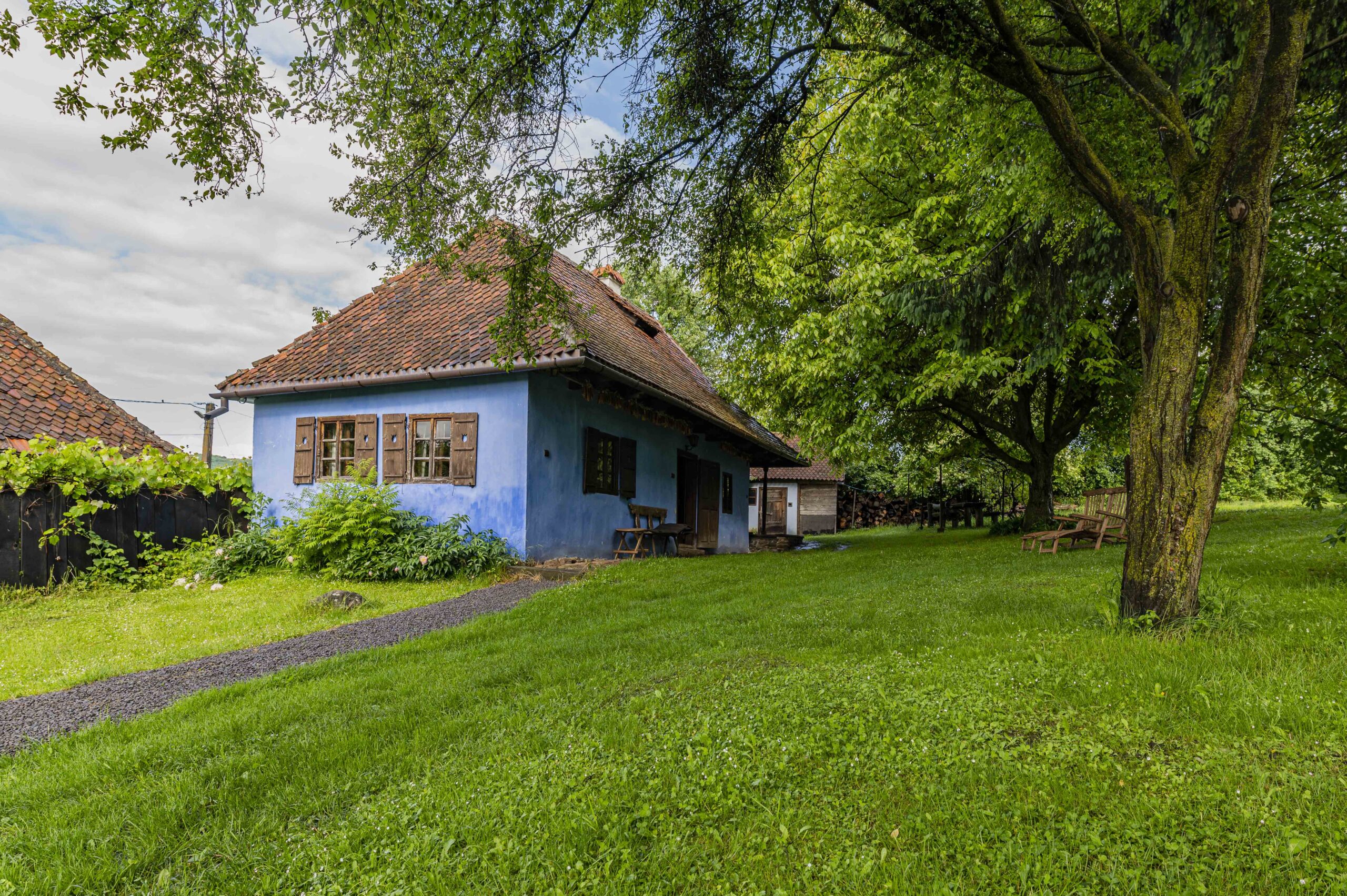
“The truth is that we had more than 200 guests, as everyone we invited came. That was a fantastic weekend: 200 people from all over the world arrived in Miklósvár and were accommodated in the houses of villagers [ed. Note: At that time, there was no sewage system in Miklósvár, so the houses didn’t have inside toilets]. Like with every noble wedding, the guests were dressed according to the dress code of a wedding party,” Kálnoky recalls while sipping a cup of coffee in the nicely arranged dining room of the Main House of Kálnoky Guesthouses.
“We timed the wedding ceremony for the evening at a time when the cows return from the hay meadows. I will never forget the image: The main street was filled with 200 well-dressed guests from all over the world and roughly 200 cows. They walked side-by-side for a while, and at the entrance of Kálnoky Castle, the guests turned right to participate in the evening ball, and the cows turned left to return to the stable.”
After the wedding, the couple had many guests from abroad because they were impressed by the untouched wilderness of the area Count Kálnoky had returned to, so the idea of the guesthouses was a natural evolution. First, they arranged additional cottages to welcome their relatives from abroad, but later on, as the number of renovated guesthouses grew, they decided to open it up to the wider public.
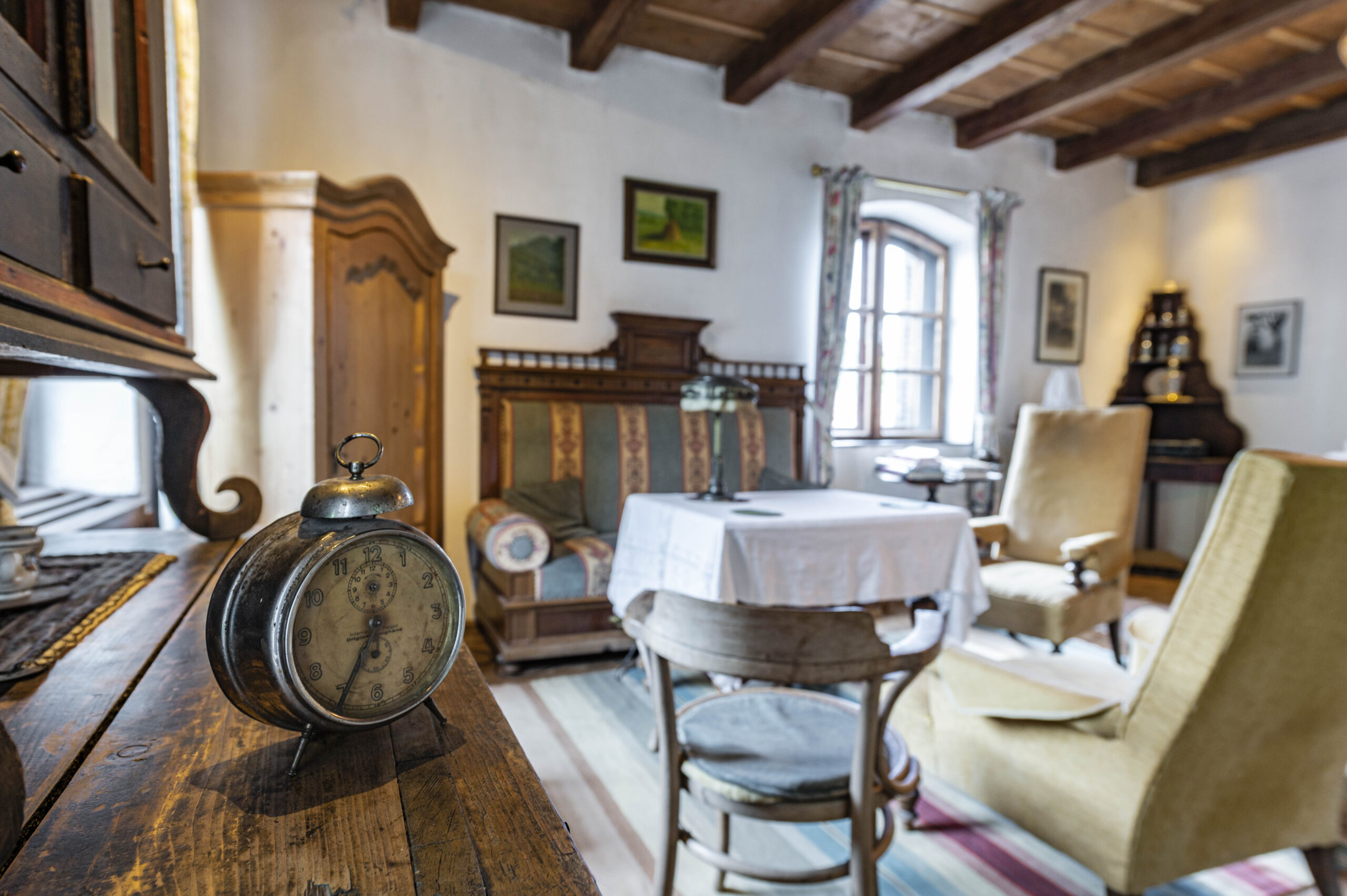
“Such places are hard to find nowadays, and maybe that’s the reason why we have so many guests from abroad: It is rare to find a place that hasn’t been globalized. Take the luxury hotels, for example: No matter where you wake up in the morning, whether it’s Tokyo, New York or Paris, you’ll see the same picture inside the room. So, our main objective was to place in the rooms only objects that are characteristic of the region. We work from what we have and what’s characteristic of the area. It’s very important to us to provide a place for our guests that is impregnated with history, so you can experience where you are and feel yourself as a guest, not a consumer, a tourist,” Count Kálnoky explains.
Every house Kálnoky has acquired has been renovated using only traditional materials to preserve its original state. Every room is designed to be unique, with antique Saxon and Szekler furniture, so when you enter the space, it’s like stepping into a time machine. The careful choice of traditional materials and the feel of the finely woven striped woolen rugs reconnect guests with the history of the area; they also experience this by sleeping in traditional beds. The rooms do not lack the comforts of a 21st century bathroom, but it all nicely fits into the milieu created by centuries-old traditions.
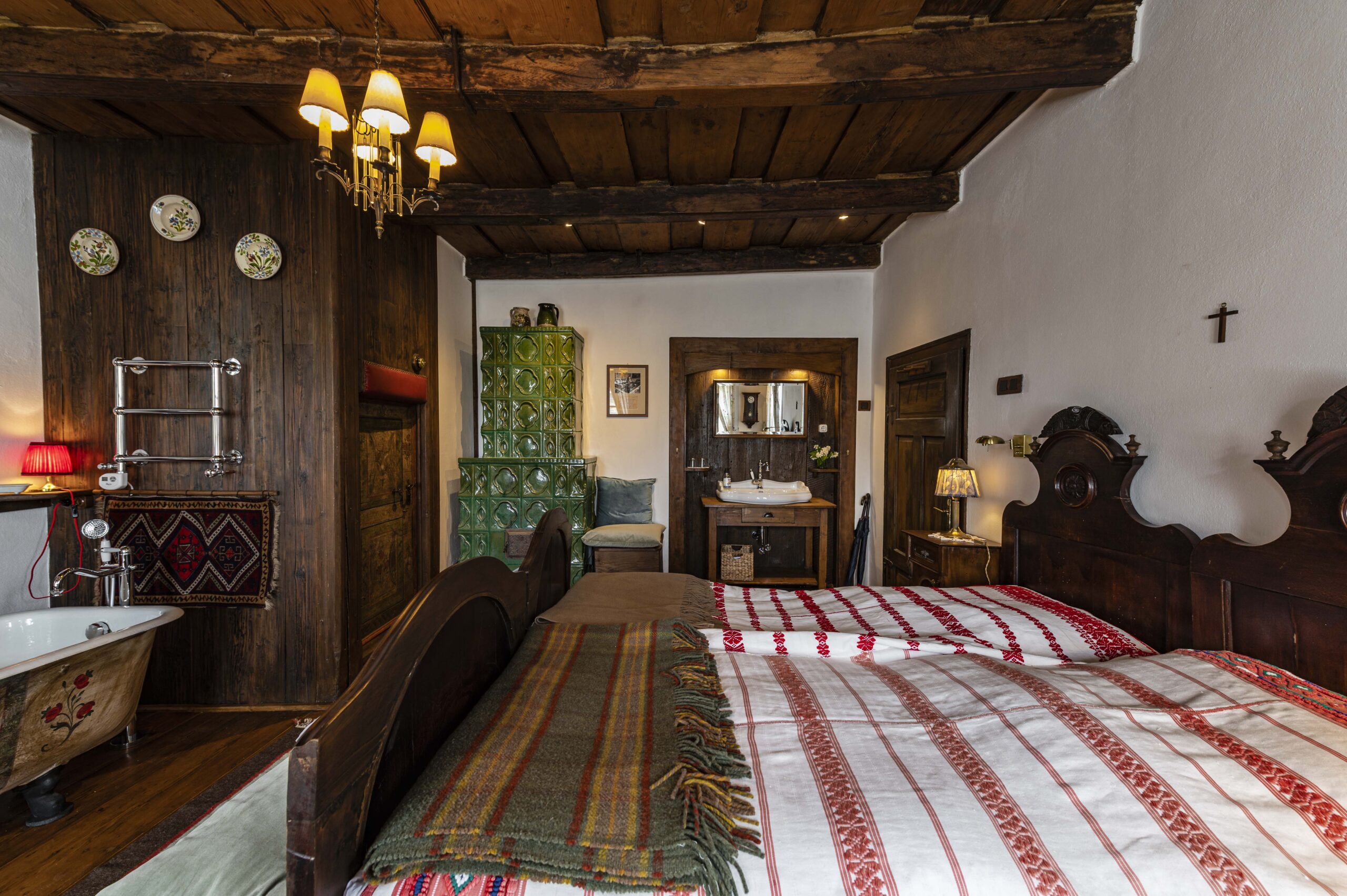
In a regular year, around 90 percent of the guests are from abroad, mostly from English-speaking countries, with Great Britain leading the list, but also from Canada, the US and Australia. This is the place where Prince Charles comes every year to meet with his distant relative Count Kálnoky to have his usual long walks. He has become an admirer of the region because he was “totally overwhelmed by its unique beauty and its extraordinarily rich heritage.” He joined Count Tibor Kálnoky in a venture that now includes three holiday properties: the Miklósvár holiday home, the Prince’s houses in Zalánpatak/Valea Zălanului and the village of Szászfehéregyháza/Viscri.
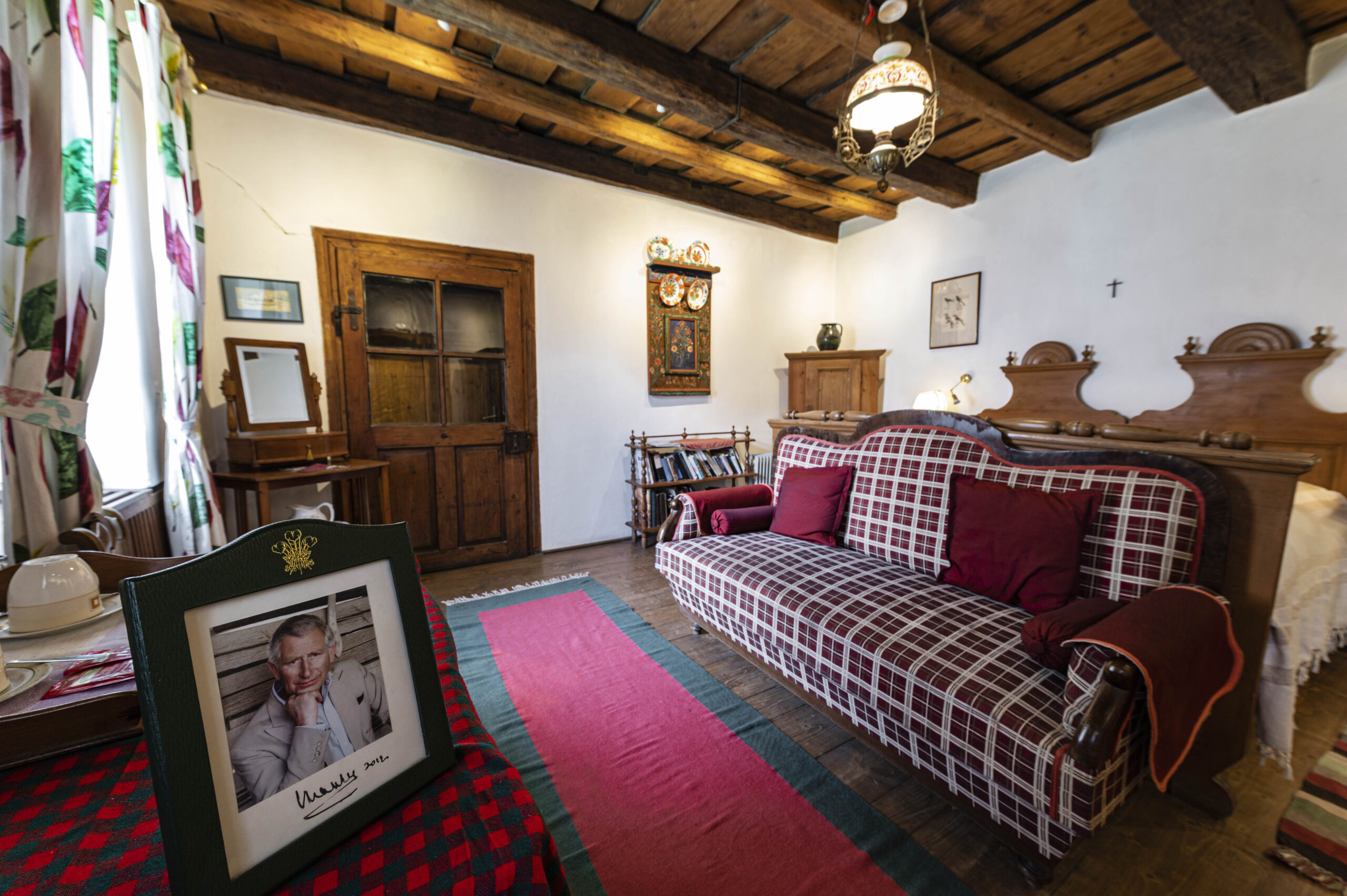
But it was not only Prince Charles who became fond of this land: Visitors from across the ocean also fell in love with the area after participating in a six-day horseback riding activity organized by the Kálnoky family.
“I asked them: You don’t have enough charming scenery in your country? Their response surprised me: “Yes, we do, but it’s dull. It doesn’t change as fast as it does in this area, and it’s not that diverse. Secondly, this type of untouched culture doesn’t exist anymore in our country, they said,” Kálnoky explains. “Here, they cross the hills and forests, and enter villages on horseback, and they feel like time stopped 200 years ago,” he adds.
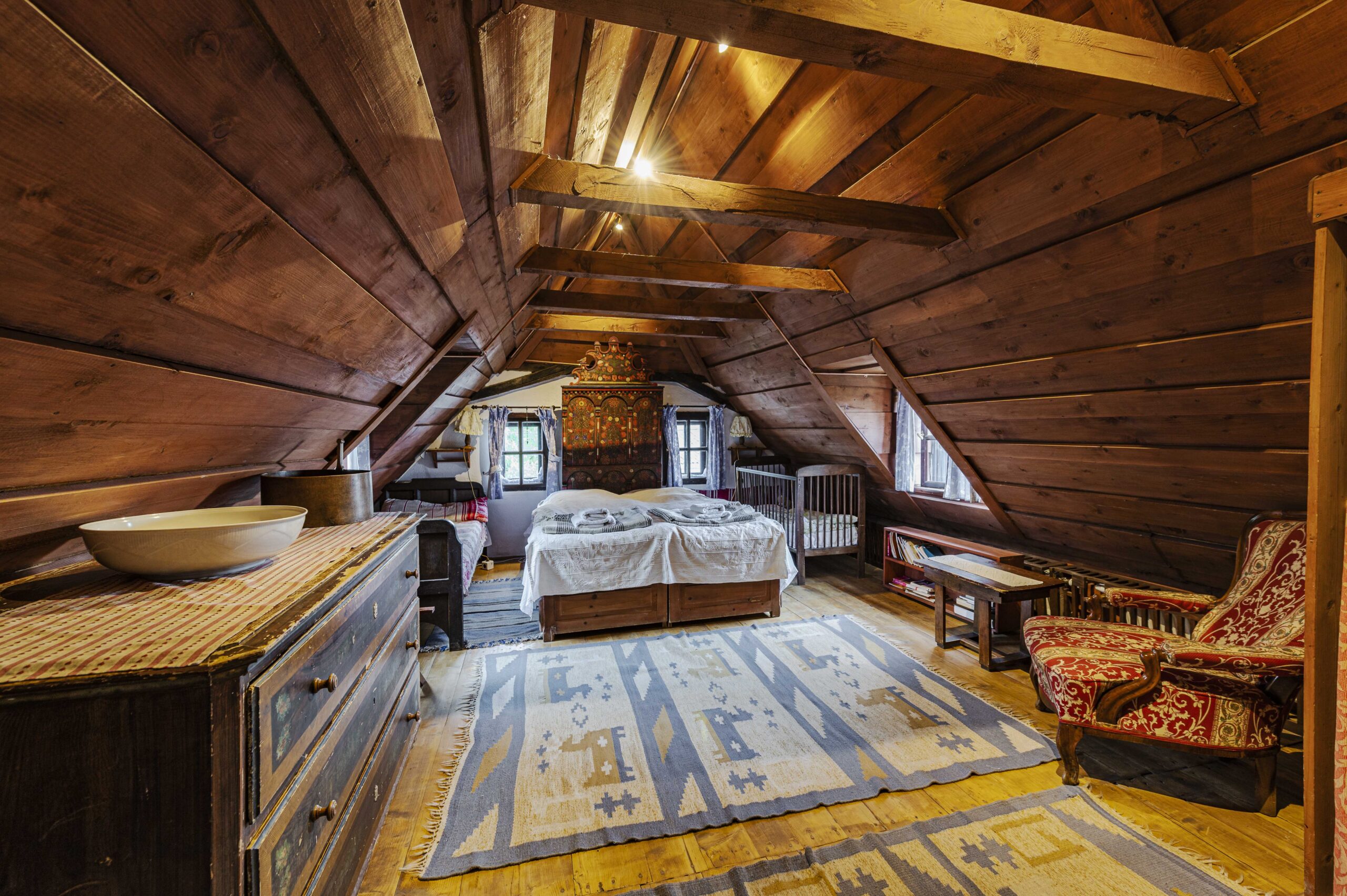
The natural diversity and unspoiled nature are among the top Transylvanian values that attract tourists from abroad, Count Kálnoky says. The perfect synchronization between humans and nature is what Prince Charles (and the guests) have found here in Transylvania. Since we are living in a globalized world, this is a rarity, which Kálnoky is committed to protecting while keeping a natural balance between preservation and development.
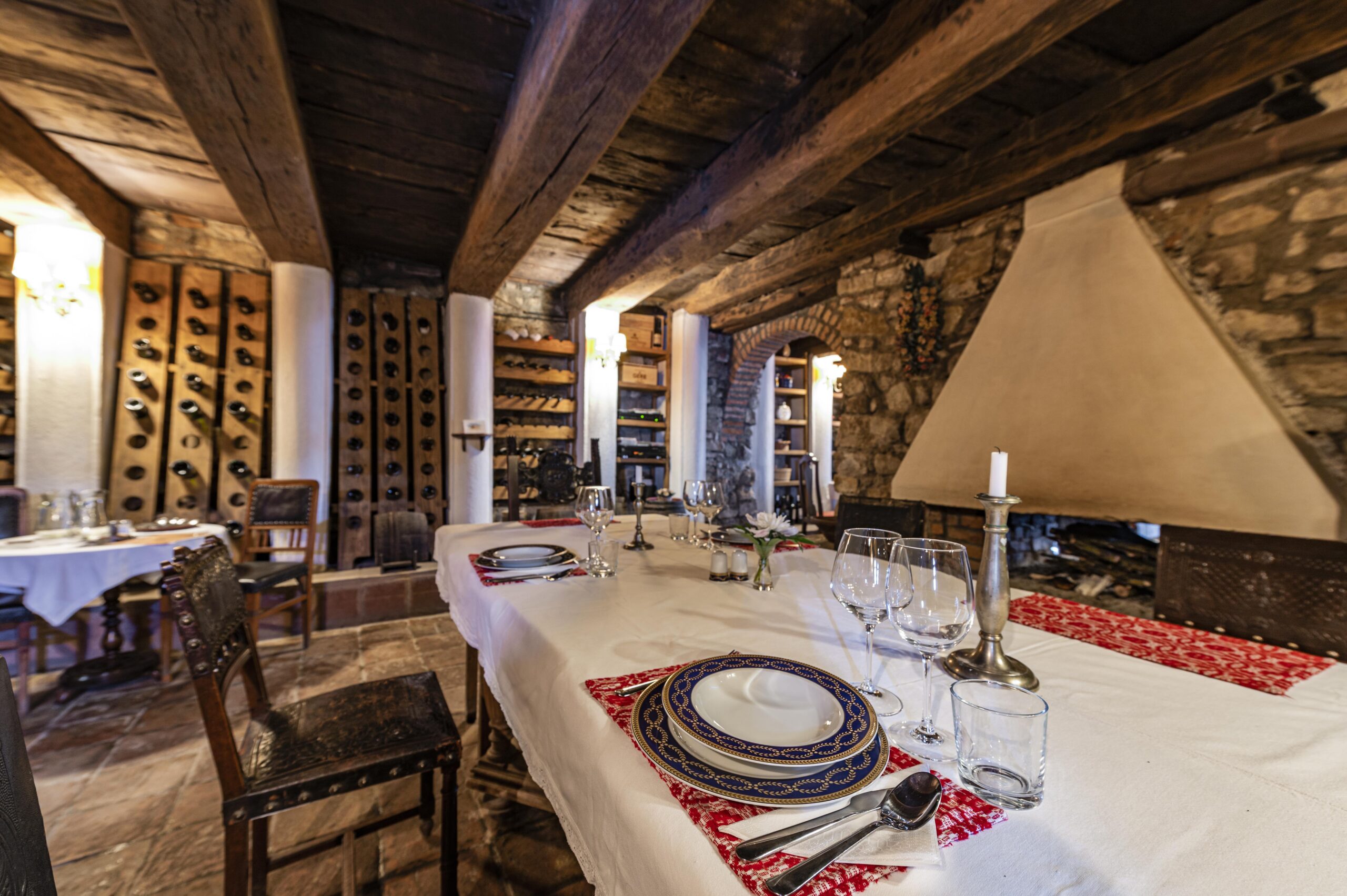
Title image: Kálnoky Castle. Photo by: István Vajk Szigeti/TransylvaniaNOW